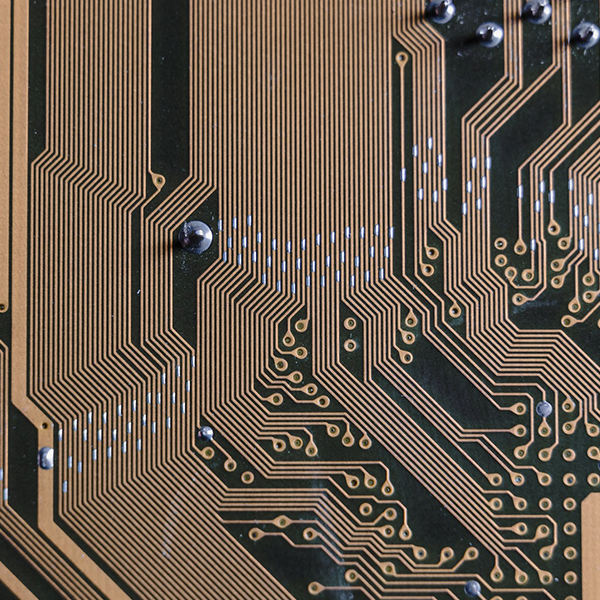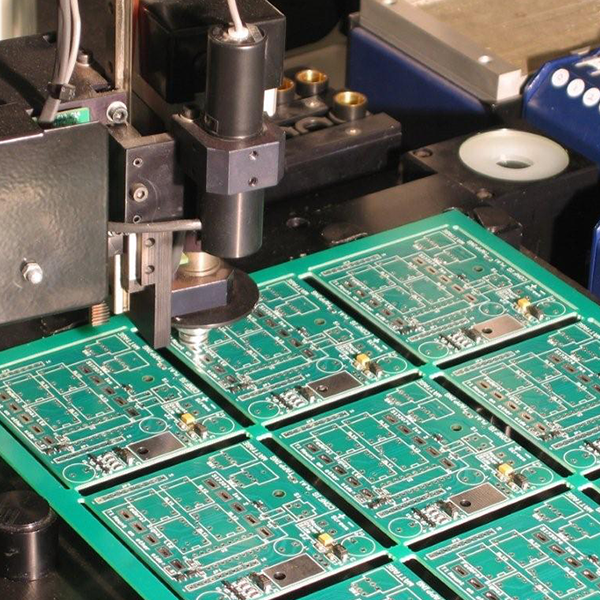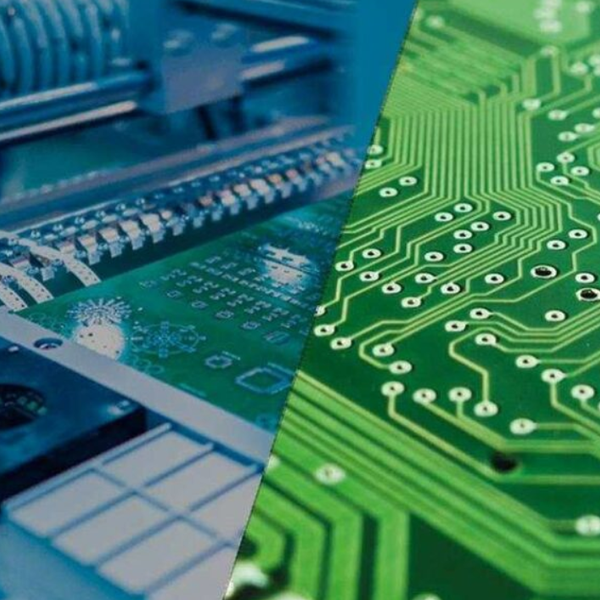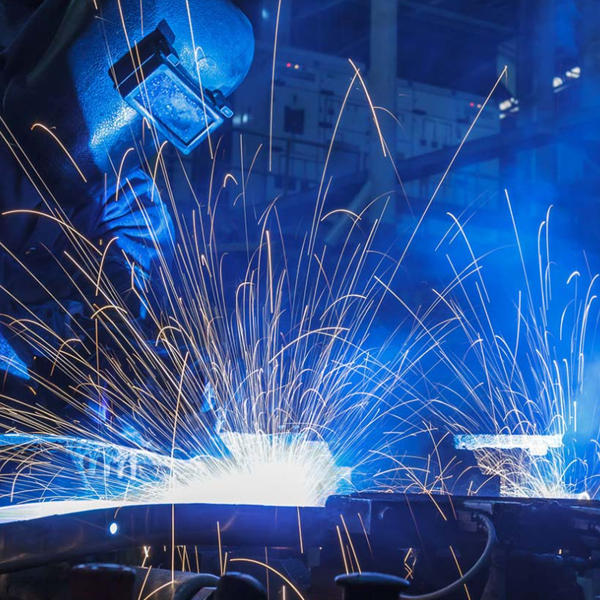Introduction
Ever wondered why custom PCBs can cost anywhere from $10 to $10,000? Whether you’re a tinkerer building a passion project in your garage or an engineer designing the next big thing in tech, that price range can feel like a mystery—or even a headache. Custom printed circuit boards (PCBs) are the unsung heroes behind countless devices, from smartphones to spacecraft, and their costs can swing wildly depending on a host of factors. Unlike off-the-shelf boards, custom PCBs are built from scratch to match your exact specifications, making them both powerful and pricey. In this guide, we’ll unravel the secrets of custom PCB costs by exploring what drives the price, how to estimate your expenses, and insider tips to keep your budget in check without compromising quality. Let’s get started.
What is a Custom PCB?
A custom PCB is a printed circuit board designed and manufactured to meet specific needs, as opposed to standard PCBs that come with fixed layouts and features. Imagine it like commissioning a custom piece of furniture versus grabbing something from a big-box store—custom PCBs are tailored to fit your project perfectly, whether that’s a unique shape, size, or functionality.
These boards are indispensable across industries where precision and innovation matter most:
- Automotive: Custom PCBs power navigation systems, sensors, and engine controls.
- Medical: Devices like MRI machines and wearable health monitors rely on specialized boards.
- Consumer Electronics: Your wireless earbuds or gaming console? Yep, custom PCBs make them tick.
The beauty of customization lies in its flexibility—your board can do exactly what you need it to. But that freedom comes at a cost. The more bespoke your design, the more variables affect the price tag. Understanding those variables is the key to mastering your PCB budget, so let’s dive into the factors that shape custom PCB costs.
Factors Affecting Custom PCB Cost
Custom PCB pricing isn’t random—it’s a calculated sum of several elements that manufacturers weigh when quoting your project. Here’s a detailed look at the biggest cost drivers:
1. Design Complexity
Your design’s intricacy sets the stage for cost:
- Layer Count: A single-layer board is dirt cheap compared to a 12-layer beast. Each layer adds materials, labor, and testing.
- High-Density Interconnects (HDI): Need tiny vias or ultra-fine traces for a compact design? That requires advanced tech and precision, hiking up the price.
- Trace Width and Spacing: Narrower traces (e.g., 4 mil or less) demand high-end equipment and slower production speeds, costing more.
2. Materials
What your PCB is made of can stretch—or shrink—your budget:
- Substrate: FR4, the industry standard, is affordable and versatile. But exotic options like metal-core boards (for heat management) or high-frequency laminates (for RF signals) come with a premium.
- Solder Mask: Basic green is the budget-friendly default. Fancy colors like matte black or blue add a few bucks.
- Surface Finish: Options like HASL (Hot Air Solder Leveling) are cheap, while ENIG (Electroless Nickel Immersion Gold) boosts cost but improves solderability.
3. Size and Quantity
Scale and volume play a huge role:
- Board Size: A 50mm x 50mm board costs less than a 200mm x 200mm one due to material and processing demands.
- Order Volume: Making 5 boards costs way more per unit than making 5,000. Small runs carry hefty setup fees; bulk orders spread them out.
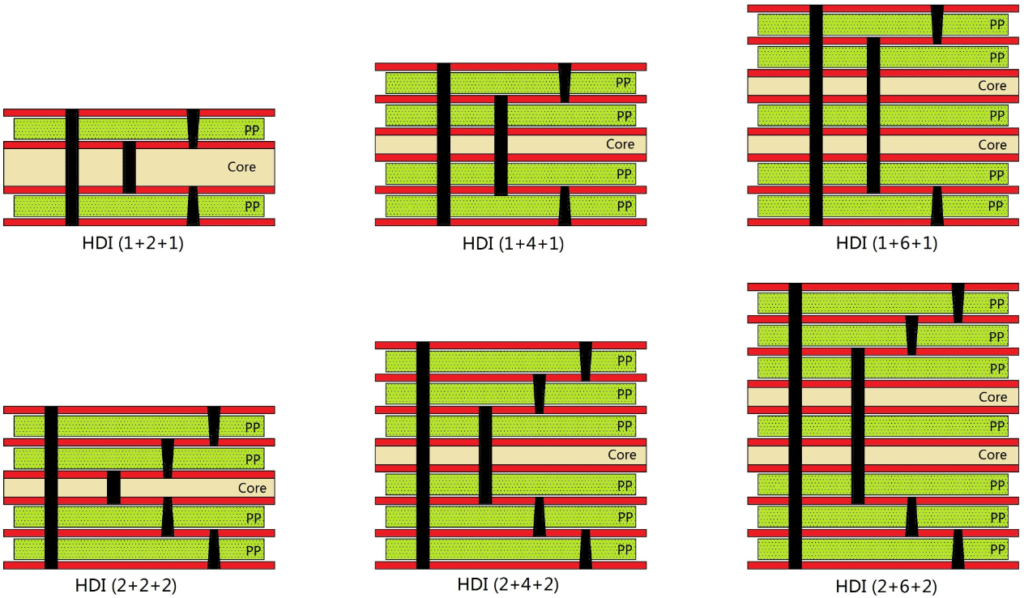
4. Manufacturing Process
How your boards are made impacts the final bill:
- Prototyping vs. Production: Prototypes are pricier per unit because of one-time setup costs (e.g., tooling). Mass production dilutes those fees.
- Turnaround Time: Standard lead times (2–3 weeks) are cheapest. Rush orders (e.g., 48 hours) can double or triple the price.
- Production Location: Domestic manufacturing offers speed but higher labor costs; overseas options (e.g., China) are cheaper for large runs but slower.
5. Additional Services
Extras can pile up fast:
- Assembly (PCBA): Want components soldered on? That’s an added cost based on part count and complexity.
- Testing: Quality assurance like Automated Optical Inspection (AOI) or In-Circuit Testing (ICT) ensures reliability but isn’t free.
- Certifications: Need UL, ISO, or RoHS compliance? Certification processes add time and expense.
These factors don’t exist in isolation—they interact. A small, complex board with rush delivery could cost more than a large, simple one in bulk. At TriWin PCB, we’ve helped clients balance these choices for over a decade, turning cost chaos into clarity. But what does this mean in dollars and cents? Let’s estimate.
Estimating Custom PCB Costs
Pinpointing an exact cost without a quote is tough, but we can set some expectations with general ranges and a sample breakdown.
Cost Ranges
Here’s a rough guide based on industry norms:
- Prototypes (1–10 units): $5–$50 per board, depending on specs.
- Small Runs (100–1,000 units): $2–$10 per unit as economies of scale kick in.
- Mass Production (10,000+ units): $1 or less per board for high volumes.
These are starting points—your project’s unique needs will shift the numbers.
Sample Cost Breakdown
Let’s walk through a hypothetical project: a 4-layer PCB for a smart home sensor.
- Specs:
- Size: 80mm x 80mm
- Quantity: 200 units
- Material: Standard FR4, green solder mask, HASL finish
- Turnaround: Standard (2 weeks)
- Extras: Basic AOI testing, no assembly
- Estimated Costs:
- Base Fabrication: $1,500–$2,000 for the batch ($7.50–$10 per board)
- Setup Fees: $150–$250 (one-time tooling and prep)
- Testing: $100–$200
- Total: $1,750–$2,450 ($8.75–$12.25 per unit)
Now, tweak the specs—say, add HDI features and a 5-day rush. Costs might jump to $3,000–$4,000 ($15–$20 per board). Context is everything.
For a precise figure, nothing beats a manufacturer’s quote. At TriWin PCB, we provide free, detailed estimates based on your Gerber files and specs. Drop us a line, and we’ll give you a number you can trust.
How to Reduce Custom PCB Costs
Custom PCBs don’t have to drain your wallet. Here are five practical ways to cut costs without skimping on quality:
1. Simplify Your Design
- Reduce Layers: Can your circuit work with 2 layers instead of 6? Fewer layers mean lower costs.
- Optimize Layout: Pack components efficiently to shrink board size and minimize waste.
- Ease Tolerances: Stick to standard trace widths (e.g., 6 mil) unless tight spacing is critical.
2. Order in Bulk
- Scale Up: Ordering 500 units might only cost 60% more than 50, slashing the per-unit price.
- Panelize: Ask your manufacturer to fit multiple boards on one panel, maximizing material use.
3. Choose Standard Materials
- Go with FR4: It’s the workhorse of PCBs—cheap, reliable, and widely available.
- Keep It Basic: Green solder mask and HASL finish are cost-effective defaults.
- Skip the Extras: Reserve high-end finishes or substrates for must-have cases.
4. Partner with Pros
- Experience Counts: Manufacturers like TriWin PCB streamline production, reducing errors and waste.
- Right Location: Pick domestic for speed, overseas for savings on big orders—match your priorities.
5. Prototype Wisely
- Start Small: Test 5–10 boards to catch issues before a full run.
- Simulate First: Use software to refine your design, cutting physical prototype rounds.
At TriWin PCB, we’re not just builders—we’re budget allies. Send us your design, and we’ll flag cost-saving tweaks that keep your project on track. It’s like having a co-engineer who’s obsessed with value.
Conclusion
Custom PCB costs might seem daunting, but they’re not a black box. Design complexity, materials, size, quantity, and extra services all shape the price—and now you know how. Estimating costs upfront and using smart strategies like simplifying designs or ordering in bulk can keep your expenses manageable while delivering a board that performs like a champ. The trick is balance: don’t chase the cheapest option at the expense of quality, but don’t over-engineer beyond your needs either.
Ready to bring your PCB idea to life? At TriWin PCB, we’ve spent years perfecting the art of cost-effective, high-quality boards. Whether it’s a one-off prototype or a million-unit run, we’re here to help. Contact us today for a free quote or expert advice—let’s make your next project a win.
FAQs
Q: Are custom PCBs worth the cost?
A: Yes, when your project needs specific performance or features that standard boards can’t offer. The investment often pays off in durability and functionality.
Q: How can I get the best price for my custom PCB?
A: Simplify your design, order more units, stick to standard materials, and team up with a seasoned manufacturer like TriWin PCB.
Q: Why are prototypes so expensive per unit?
A: Small batches carry full setup costs (e.g., tooling, programming) that don’t scale down. Mass production spreads those fees across more units.
Q: Does board size affect cost more than layer count?
A: It varies. A huge single-layer board might cost less than a tiny 8-layer one. Both factors matter—get a quote to see how they stack up for you.
Q: Can I save money by assembling the PCB myself?
A: For simple, small projects, maybe. But for complex boards or big runs, professional assembly is often cheaper and more reliable in the long run.


